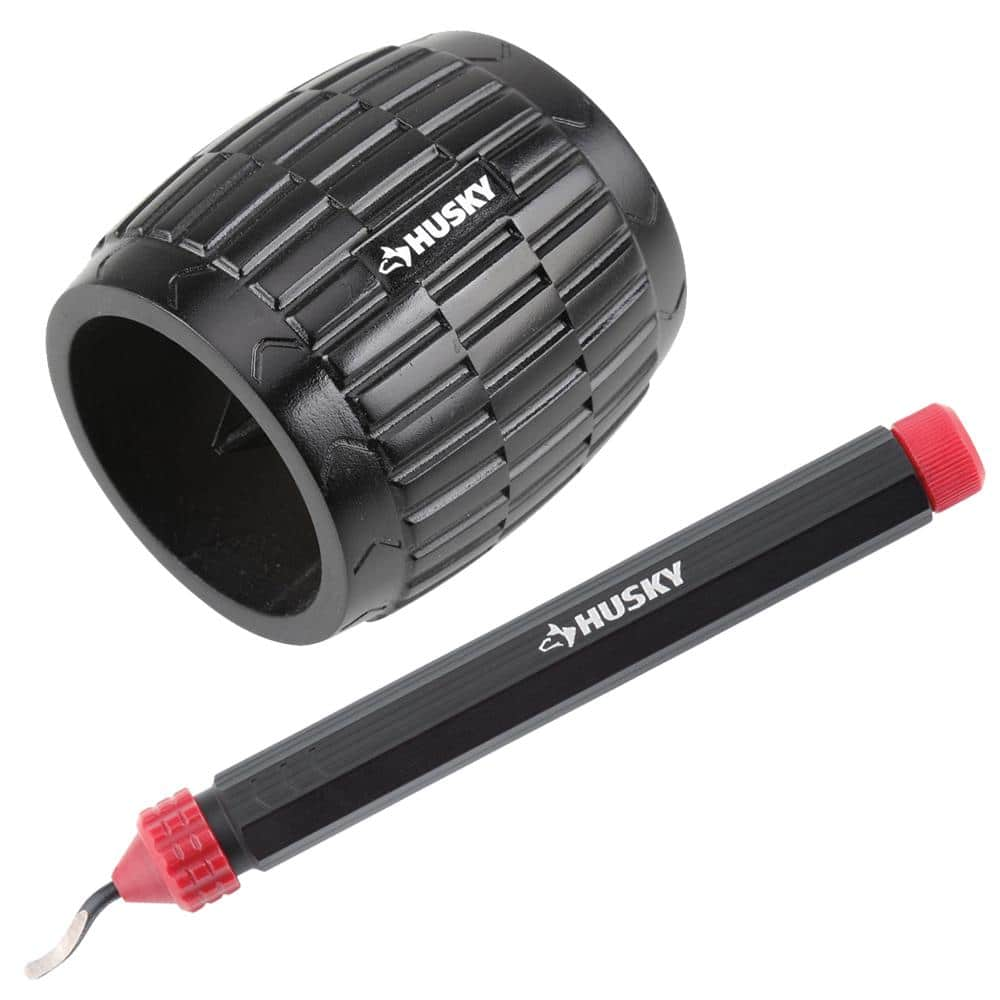Your emt MUST be grounded to the house system as do the panel frames.
There can be no other path to ground or a different rod or something else. The NEC states that when an EGC is used you MUST run it in the same conduit as the current carrying wires and it must be connected to the inverter ground which is tied to the house ground.
There are Titan water tight connectors that attach to the emt and flexible. They are expensive, but you only do it once. Make sure to get the correct ones and not the stuff for the non-metalic liquid tight. These will all be metal with a seal verse plastic. There are also connectors for standard knock-outs on an electrical panel.
Both emt and lfmc work fine with any panel. There is a minimum turn radius on the conduit so it doesn't collapse. You can make a loop-de-loop to do the radius of the turn tight.
Titan cuts with a standard pipe cutter like you would use on copper, emt, or you can use a hacksaw. Watch a few videos on the use. You have to trim and debur the ends inside and out.
This kit is worth the cost, just get one for the size you use.
Husky's Inner/Outer Reamer removes burrs from the inside and outside of copper, steel, iron and brass piping and tubing from 1/8 in. up to 1- 5/8 in. diameter. It delivers easy, clean inside diameter reaming and outside diameter beveling. The reamer features a textured body for firm gripping...
www.homedepot.com
And when in doubt if the cost is similar always get the larger conduit. If you ever need to run larger or extra wire it is simpler to not have to replace the conduit.
Now, there is a derating of current carrying capacity if more than 2 current carrying conductors are in the conduit. The ground conductor doesn't count. The EGC should be the same size as your panel wires.
Here is a link to a fill chart - lists conductors in the conduit allowed.
Electrical Supplies Distributor. Elliott Electric Supply is your local electric supply house. We Deliver Lower Cost, Quality Products, and Personal Service
www.elliottelectric.com






